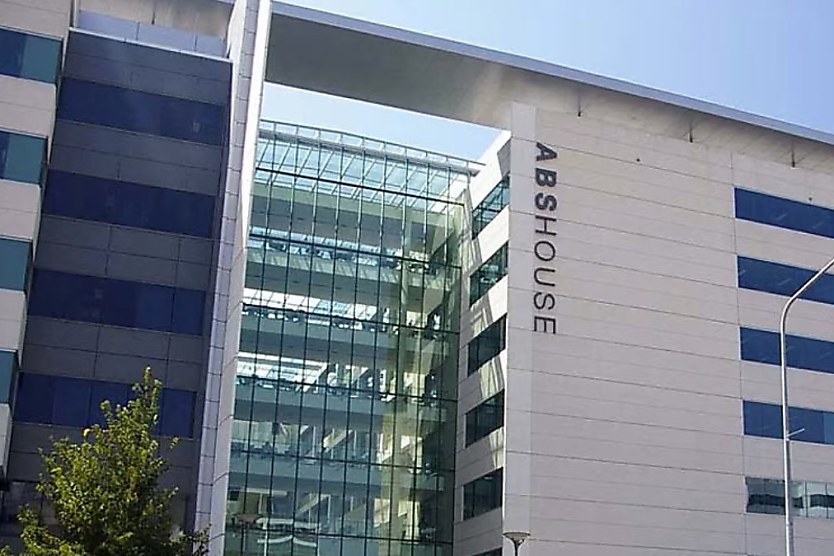Monthly core CPI falls to midpoint of RBA target bands
SHARE THIS ARTICLE

Monthly core CPI has fallen below the midpoint of the RBA’s 2-3 per cent target bands, ABS data has shown.
Australian Bureau of Statistics (ABS) data released on Wednesday (25 June) showed that annual core inflation was 2.4 per cent in May 2025, its lowest reading since November 2021.
RSM economist Devika Shivadekar said the tame inflation result had left the door “wide open” for a July rate cut, although the Reserve Bank of Australia (RBA) may prefer to hold fire until quarterly consumer price index (CPI) figures come out on 30 July.
“Today’s data certainly reinforces the case for the RBA to consider easing in coming months, with inflation now within the RBA’s target band and underlying momentum easing,” Shivadekar said.
“However, given the RBA’s preference for the more comprehensive quarterly inflation data, it may choose to hold fire in July and await the Quarter 2 CPI data release later in the month.”
Headline inflation was 2.1 per cent in the 12 months to May, down from 2.4 per cent in April and the lowest it has been since October 2024.
In the year to May, price growth was largely driven by food and non-alcoholic beverages (2.9 per cent), housing (2 per cent), and alcohol and tobacco (5.9 per cent).
CreditorWatch’s chief economist, Ivan Colhoun, said that moderating price growth in categories that had seen large COVID-19-era spikes – such as rents, insurance, and food – indicated sustained disinflationary momentum.
On the other hand, weather shocks have continued to weigh on the economy, sparking an 8.3 per cent rise in non-alcoholic beverage prices, including coffee, tea, and cocoa, over the year to May.
“Higher prices for coffee drove the rise, with adverse weather conditions impacting major overseas coffee bean-growing areas,” Michelle Marquardt, ABS head of prices statistics, said.
While housing inflation was a strong contributor to May’s CPI reading, the ABS noted that rental price growth had stabilised over the 12 months to May.
Rents rose by 4.5 per cent in the year to May, the lowest annual growth in rental prices since December 2022. This was consistent with smaller increases in advertised rents and stable vacancy rates recorded across most capital cities, the ABS said.
New dwelling prices rose 0.8 per cent in the year to May, the smallest price growth recorded since April 2021, as project home builders offered discounts and promotional offers to entice business.
Fuel prices were also the lowest they had been since September 2022, falling 10 per cent in the 12 months to May.
Treasurer Jim Chalmers flagged that he had urged the Australian Competition and Consumer Commission (ACCC) to monitor the conduct of petrol stations amid threats of a global oil price shock due to conflict in the Middle East.
“We want to make sure that the market is operating effectively when it comes to the petrol price and what’s happening with this volatility in the global oil price,” he said on Tuesday.
“We’ve empowered and asked the ACCC to use its monitoring powers to make sure that the servos are doing the right thing by Australian motorists.”
The risk of ongoing conflict in the Middle East and a resulting oil price shock could set the RBA on a more aggressive rate-cutting cycle throughout 2025, KPMG said.
If conflict were to continue in the Middle East, it could shave between 0.15 per cent and 0.20 per cent off Australia’s gross domestic product (GDP) this year through its effect on oil prices, it forecast.
Given May’s inflation reading, AMP economist My Bui said the June quarter was on track to have a core inflation reading of 2.5 per cent – smack bang on the RBA’s target.
Bui added that sluggish GDP growth in March would strengthen the case for more rate cuts throughout the rest of 2025.
Kace O'Neill
Kace O'Neill is a Graduate Journalist for HR Leader. Kace studied Media Communications and Maori studies at the University of Otago, he has a passion for sports and storytelling.

